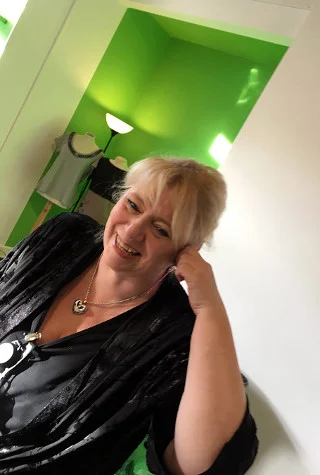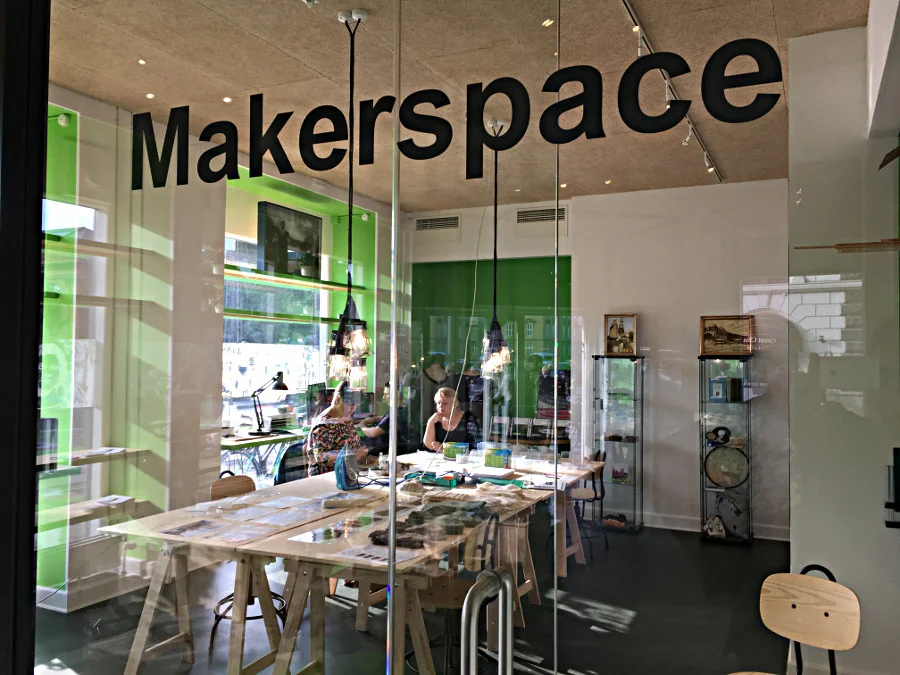Charlotte S H Jensen
My friend and colleague Charlotte S H Jensen died suddenly last week. She was beautiful, kind, and funny and I will miss her very much.
Charlotte was an archivist and as far as I could tell she worked simultaneously for the National Archives of Denmark, the National Museum of Denmark, and the Copenhagen art and history museums. I’m not sure how she did that but I’m not surprised that it took three institutions to even partially contain her willpower.
She was a fierce advocate for the right of so-called ordinary people to use, benefit from, and contribute to the work of archives; and she was a force-of-nature in the vanguard of Danish museum, library, and archive professionals developing a more open, democratic, and engaged vision of cultural practice.
Charlotte was for the people, always, and I have never met anyone so passionate about their work and so dedicated to doing what is right for all.
Charlotte’s most recent project was the creation of the Storm20 makerspace in the ground floor of the Copenhagen History & Art offices in central Copenhagen. It is a warm, welcoming place — intimate but open — drenched with sun during the long Nordic winter and a welcome haven for ice cream during hot summer days. I always loved the fact that it was both a place to make and to socialize, with a little coffee house and shop up front.
Whenever I visited Storm20 there were a mix of tourists and locals; colorful bits of knitting, glue, electronics and fabric everywhere; and always photocopies, books, and notes about a half-made project going on — usually something connecting the past to the present through your hands.
Storm20 was created, as a sign in the workshop says, as a “historic maker space”, a place where you could “learn about the city of Copenhagen by participating in activities and workshops.” One of the first times I visited they were working on a project to reconstruct knitted work gloves found in the excavations for Copenhagen’s new subway line. One of the gloves, a mitten really, was unearthed and discovered to have two thumbs (!) and the Storm20 knitters were making reconstructions from the archaeological documentation to figure out why. All of the gloves were gorgeous, fascinating to touch and behold, and the point was clearly made: What one knows in one’s hands really matters; One can learn about the past — live it, feel it — by making something now; History belongs to, and is within reach of, all of us.
Charlotte cared about people, and history, and joy. And also about change.
As you work at Storm20 you can sometimes hear the screams of people on the rollercoasters at the Tivoli amusement park across the street. I often thought of those rollercoaster screams — screams of happiness and terror — as we talked about the joys and sorrows of trying to make a difference in the world. Change can be hard, and Charlotte took it seriously; both the successes and the setbacks. She was one of the first people to believe in me as I began to have bigger thoughts, and take more risks, in my own work and I believed in her and supported her as well.
A memorial service will be held in Copenhagen on August 5th (details here).
Goodby Charlotte. We loved you and we’ll miss you so much.







